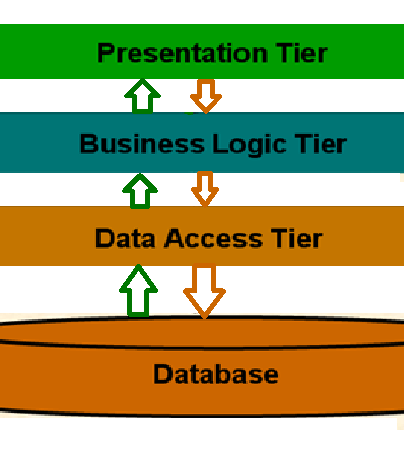Why the web.cofig file is very important (The Role Manager feature has not been enabled.)
Why the web.cofig file is very importent (The Role Manager feature has not been enabled.)
Remove the web config file:
When we remove the web config file then we get fallowing
expection :
The Role Manager feature
has not been enabled.
Description: An unhandled exception
occurred during the execution of the current web request. Please review the stack
trace for more information about the error and where it originated in the code.
Exception Details: System.Configuration.Provider.ProviderException: The Role Manager feature has not been enabled.
Source Error:
Exception Details: System.Configuration.Provider.ProviderException: The Role Manager feature has not been enabled.
Source Error:
|
The source code that
generated this unhandled exception can only be shown when compiled in debug
mode. To enable this, please follow one of the below steps, then request the
URL:
1. Add a "Debug=true" directive at the top of the file that generated the error. Example: <%@ Page Language="C#" Debug="true" %> or: 2) Add the following section to the configuration file of your application: <configuration> <system.web> <compilation debug="true"/> </system.web> </configuration> Note that this second technique will cause all files within a given application to be compiled in debug mode. The first technique will cause only that particular file to be compiled in debug mode. |
Why the web.cofig file is very important:There are two main file :
- machine.config
- web.config
Every time we install the .NET framework, there is a
machine.config file that is created in
"C:\WINDOWS\Microsoft.NET\Framework\[Version]\CONFIG", which mainly
defines:
- Supported configuration file sections,
- the ASP.NET worker process configuration, and
- registers different providers that are used for advanced features such as profiles, membership, and role based security.
Every
web application inherits settings from the machine.config file, and application level setting
is done in the web.config file. We can also override
configurations in themachine.config file in the web.config file.
But, a few settings can not be
overridden because certain settings are process model settings and can't be
changed on a per application basis.
For
this reson we should create a web.confin file in web site which have all
settings and configration information.
Each Web.config file applies configuration settings to the
directory that it is in and to all of the child directories below it. Settings
in child directories can optionally override or modify settings that are
specified in parent directories.
Configuration settings in a Web.config file
can optionally be applied to individual files or subdirectories by specifying a
path in a location element.



Comments
Post a Comment